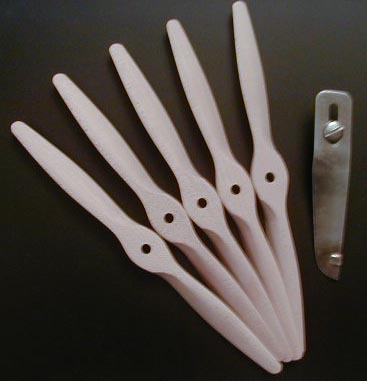|
When
you finish the backside of the prop, move to the front. You
want to strive for about .100 to .110 thickness at station 5.
Move the high point to the rear as you shape to the tip. The tip
will be close to 40% of the cord for the high point. Make the blade
taper to nothing when you look at it from the front. You are looking
for a smooth look, with no fast tapers at the tip.
Finish the bare props with thin Ca. One coat at first, then
after I run them on an engine, on a test stand, I trim them to the
RPM I am looking for. Then put on another several coats of Ca, sand
and polish.
I look for different RPM ranges so that no matter where we travel,
I have props that will turn in the 23.5 range. On the test stand,
I have finished racing propellers that vary 1000 RPM's in 100 increments.
See, there is no magic. Making good props just takes time.
I spend 2 to 2 1/2 hours on each racing prop. Most of them work
very well.
|

